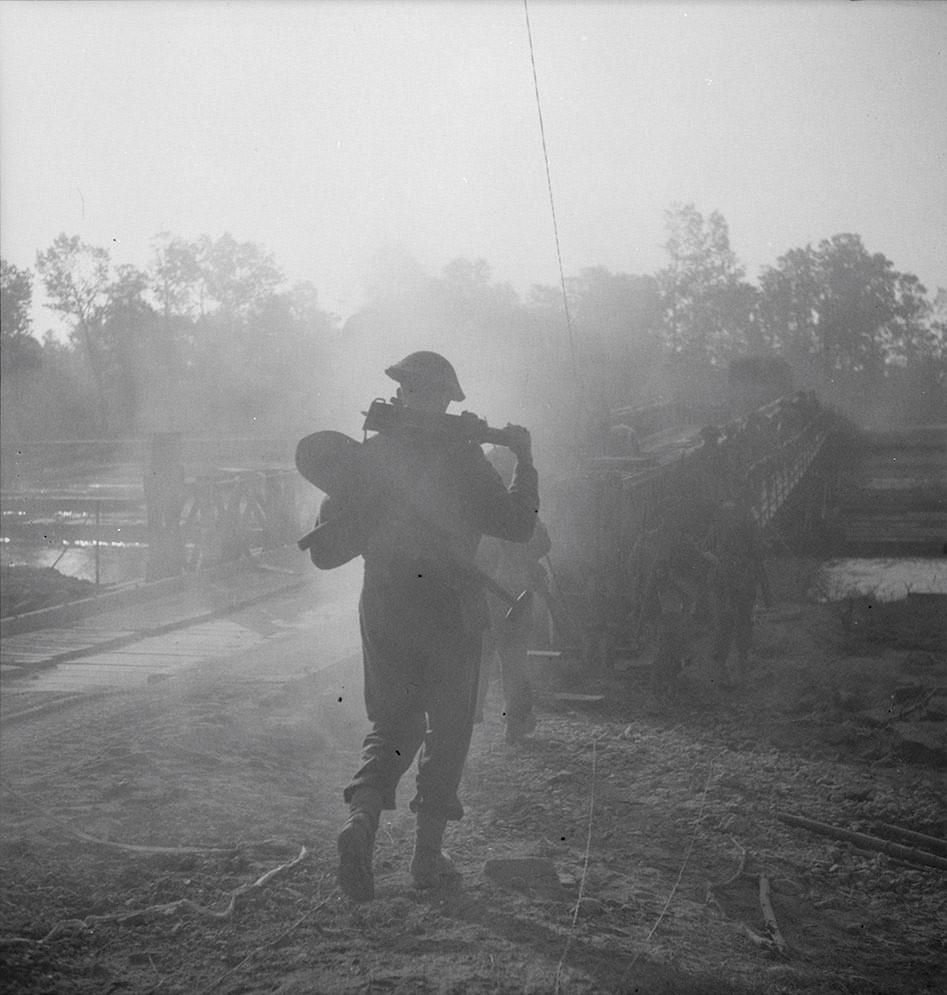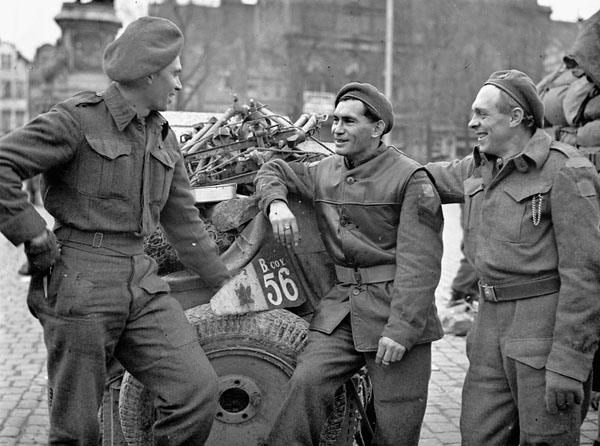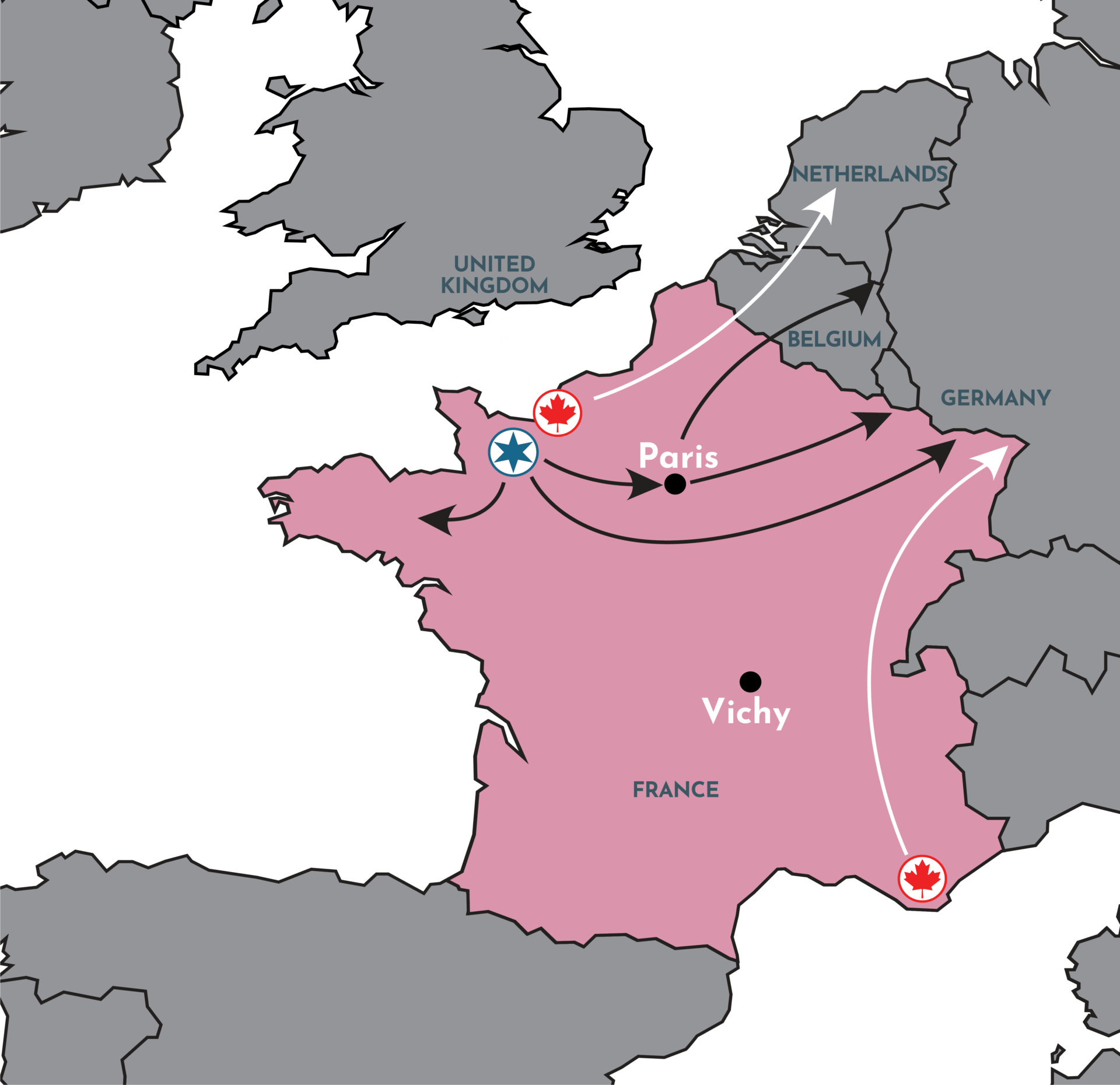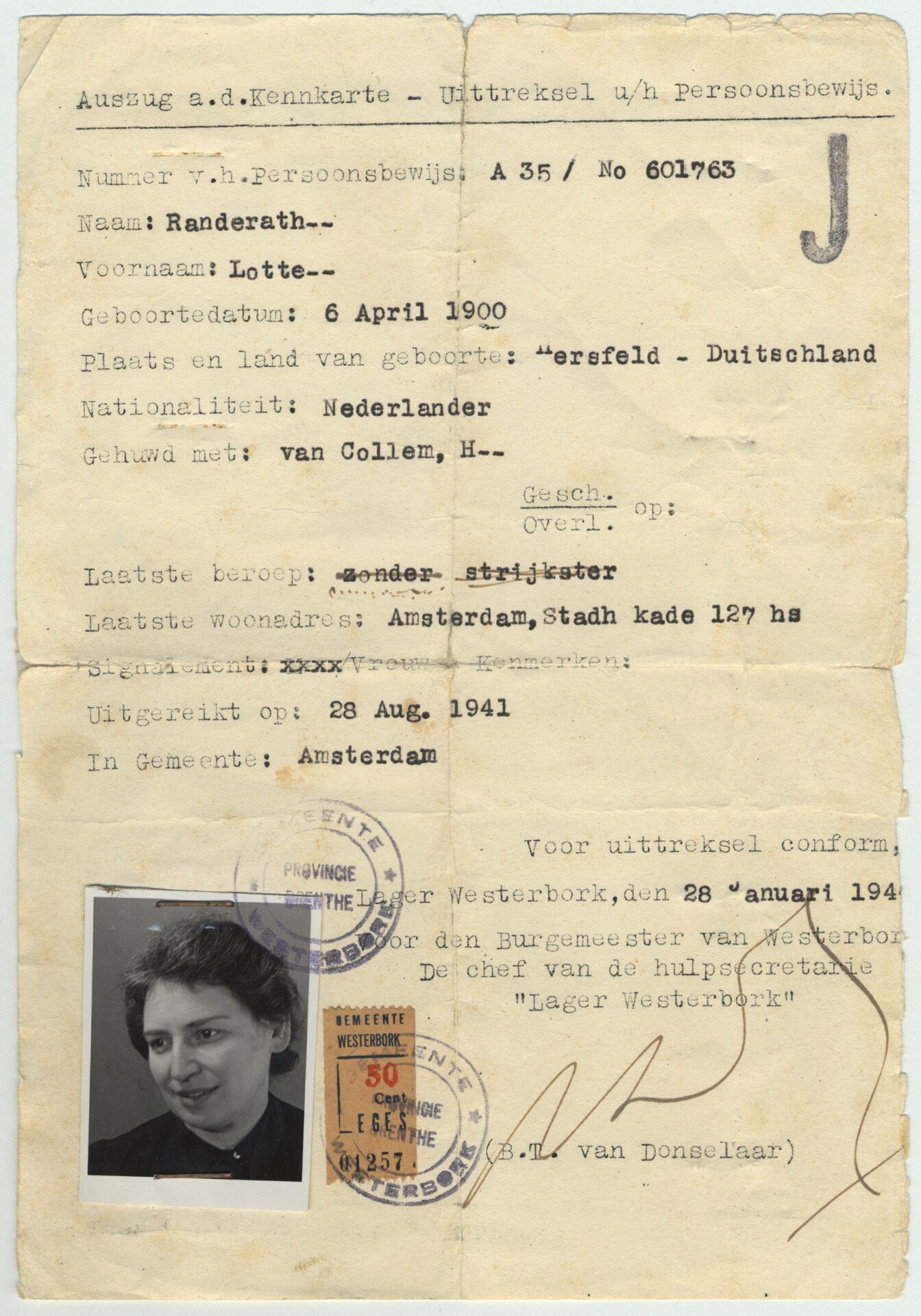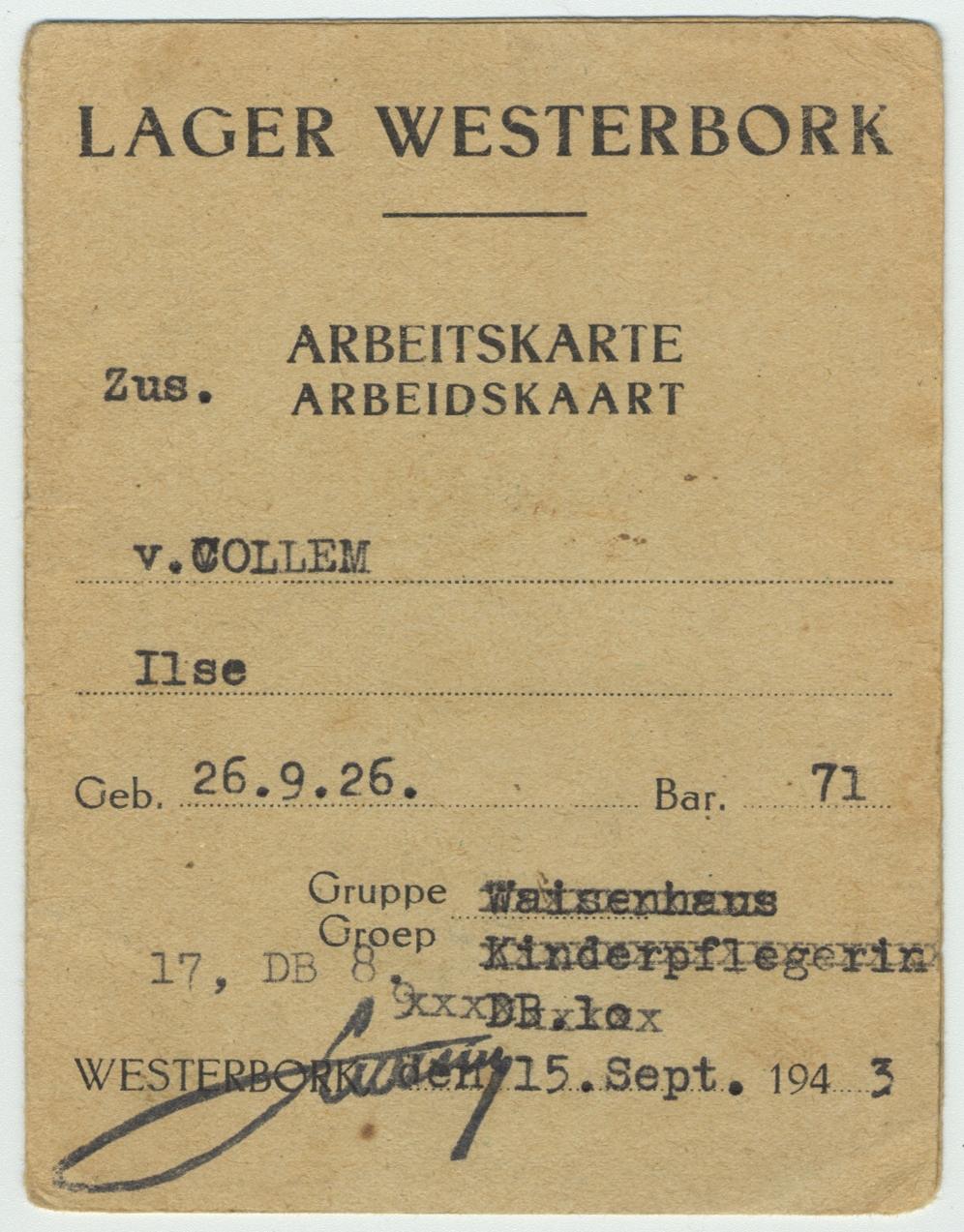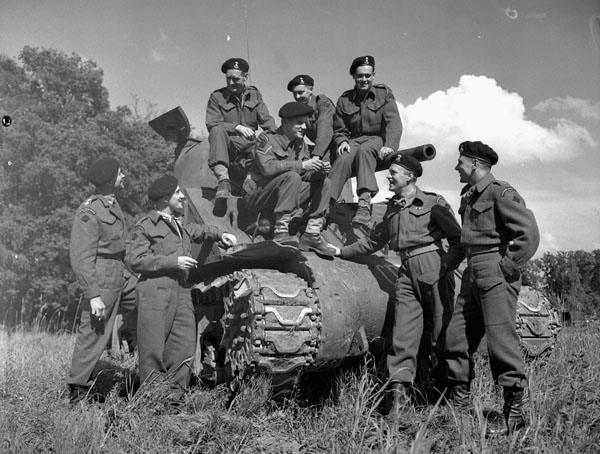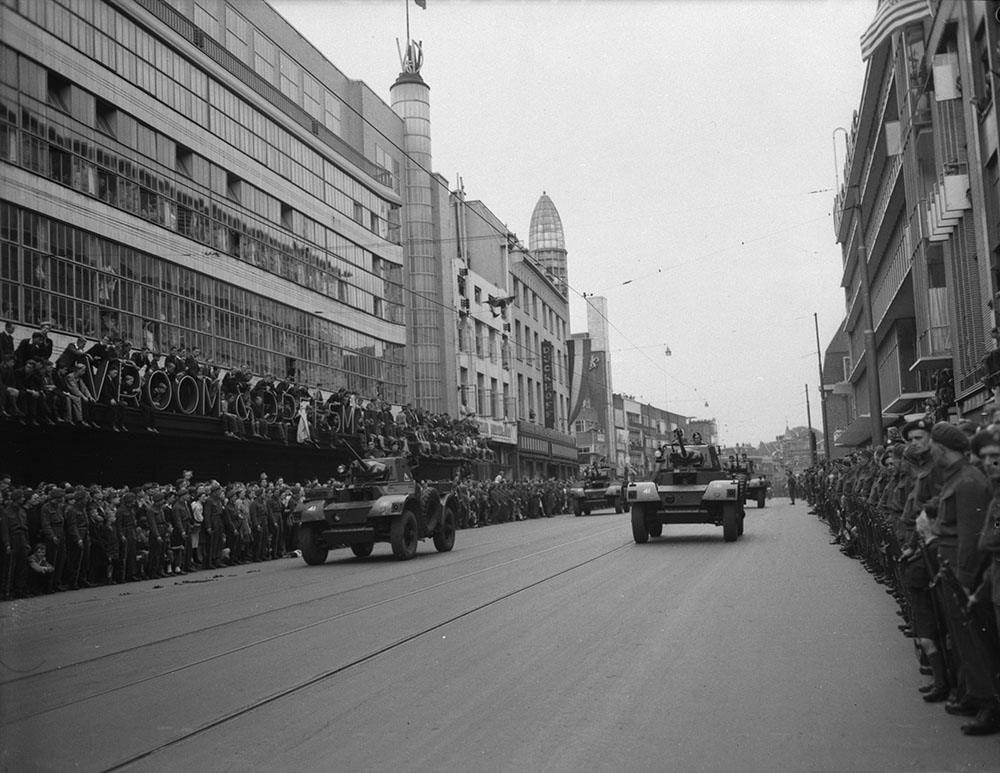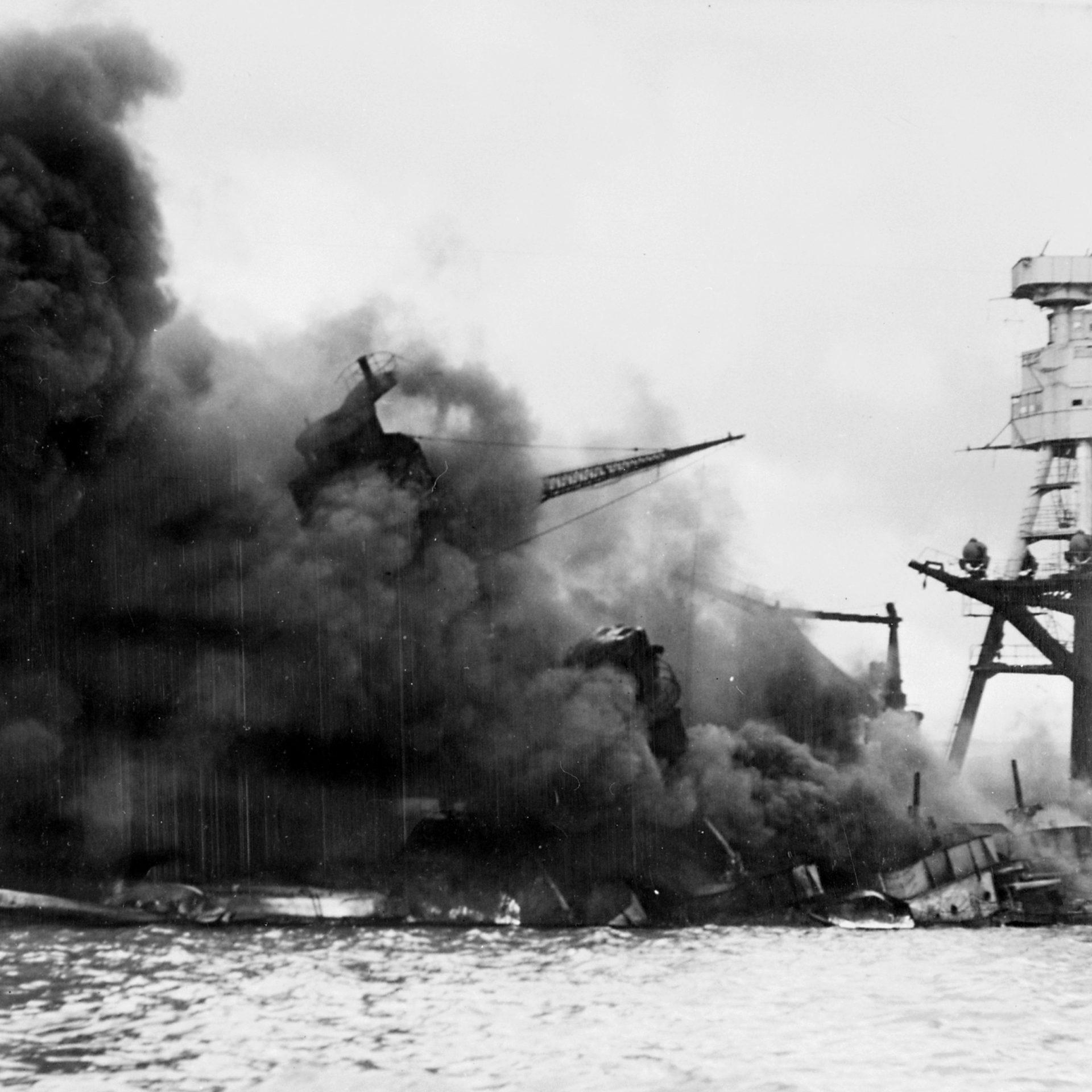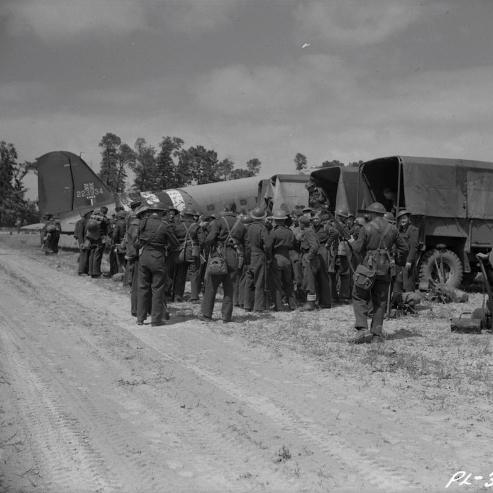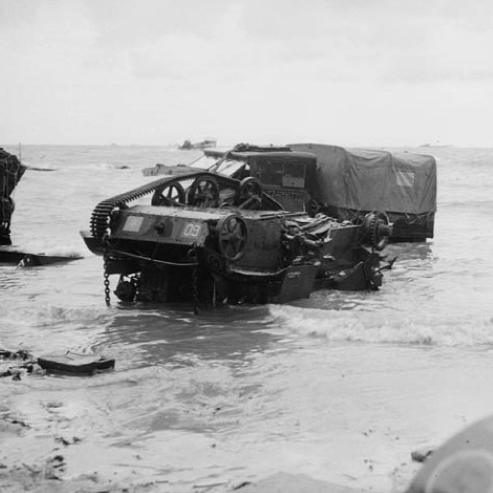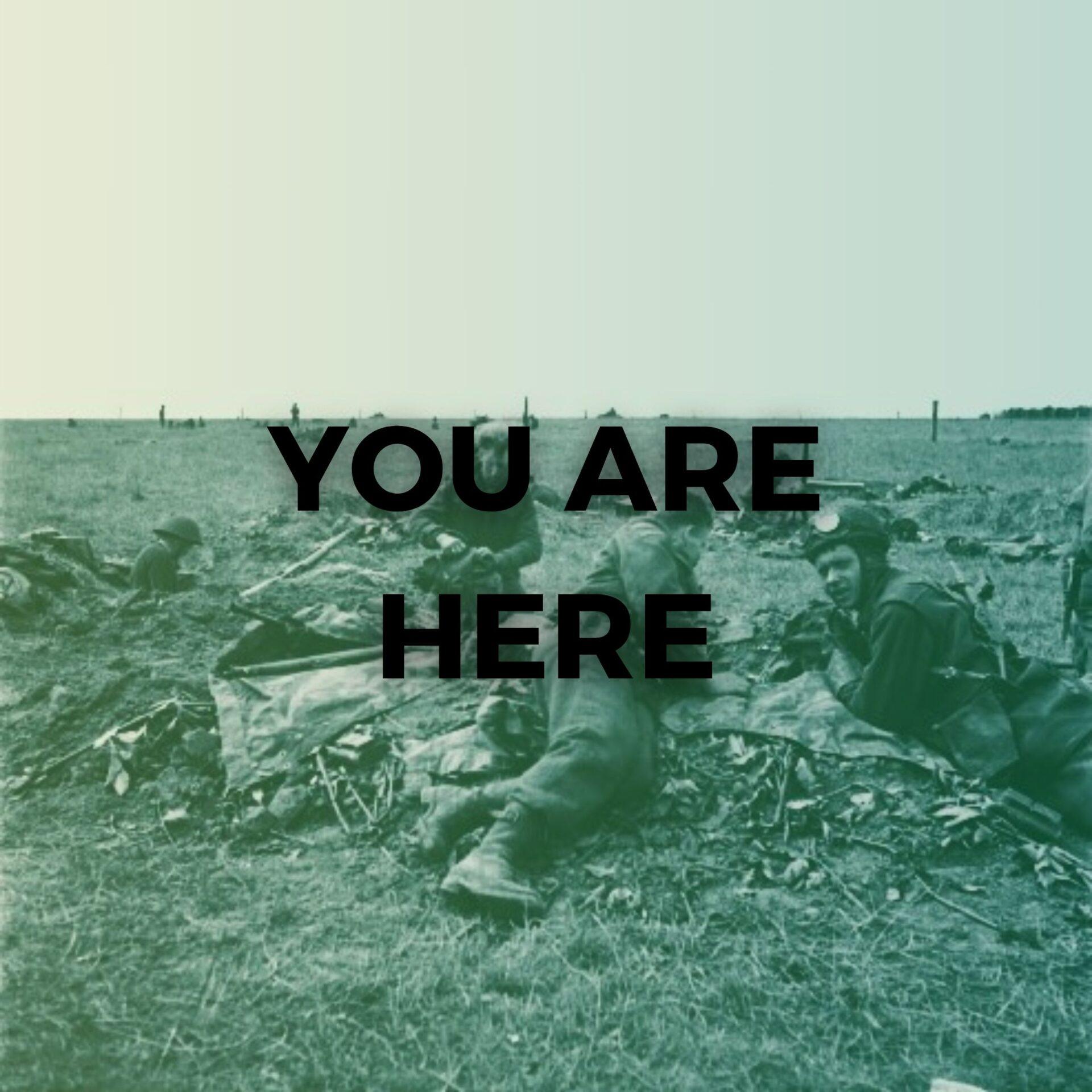FIGHTING TILL THE END
AFTER NORMANDY
Successes in Normandy did not immediately lead to France’s full liberation from under the Nazi yoke. In the weeks after D-Day, the Allies scaled up their efforts to further open the front. On August 15, they landed in the south of France and routed the Wehrmacht. A few days later, on August 19, 1944, the French Resistance launched a major insurrection against the German garrison in Paris. The town was finally liberated on August 25. Starting in September, many other operations were launched elsewhere in France to fight the German army. While Canada was not involved in all of these operations, the country did deploy troops at fronts that were equally important.
NAZI PERSISTENCE
The liberation of France was a surprise to the Nazi regime, which now found itself surrounded on all fronts. While the Germans resisted tenaciously across the different regions of France, the overall Allied pressure was too great. In December 1944, in the Ardennes forest, the Wehrmacht staged its last attempt to put the advantage back in their favour, but to no avail. By 1945, defeat seemed inevitable.
Despite Germany’s poor military outlook, the continuation of the Holocaust remained a priority for its leaders, and they continued to exterminate Jewish populations until the end of the war. In August 1944, the Łódź ghetto in Poland was destroyed and the Jewish population was deported. In the Netherlands, transfers to the Westerbork transit camp did not stop until September 1944. Many Jews there remained prisoners until they were liberated by Canadian soldiers in April 1945.
During the German occupation of the Netherlands, Ilse van Collem, her mother Lotte, and the rest of her family were deported to the Westerbork transit camp. There, Ilse worked in the fields and as a cleaner before being deported to the Bergen-Belsen concentration camp. This work card attests to her time at Westerbork.
This identification card belongs to Lotte van Collem, Ilse’s mother. After being transferred to the Bergen-Belsen concentration camp, Lotte and two of her other children were put on a train on April 9, 1945. The three did not know where they were going; fortunately, the train was stopped by the Soviet Red Army, which freed the passengers.
THE WAR NEARS ITS END
The Normandy landings marked the beginning of the end of the war in Europe. However, the war did not officially end until a year later. After France, the Allies moved on to Belgium, Luxembourg and the Netherlands, where they fought hard against the Wehrmacht. The Canadian soldiers also participated in the Italian campaign, where they fought until February 1945. In addition to these advances in the West, the Red Army made significant advances throughout Eastern Europe. Starting in 1944, the Nazi regime had its back to the wall; as the war entered its final phase, the violence of the final battles only intensified.
Crew members of the Canadian tanks of Les fusiliers de Sherbrooke, which landed in Normandy, are photographed in Zutphen, Netherlands, June 8, 1945.
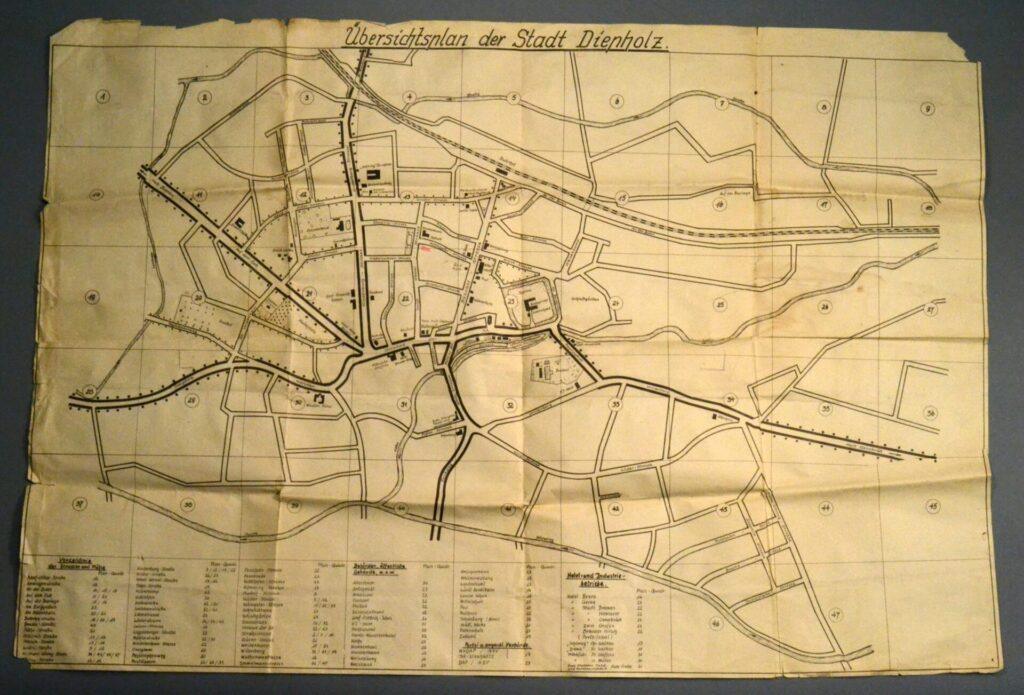
LÉO MAJOR
THE LIBERATION OF ZWOLLE
After pushing through into Belgium and Germany, the Canadian Army moved on to the liberation of the Netherlands in April 1945. During their advance on April 13, troops from Le Régiment de la Chaudière entered the city of Zwolle. Private Léo Major and his friend Wilfrid Arsenault volunteered to go on a reconnaissance mission near the city. After Arsenault was shot by German soldiers, Major liberated the city by himself by attacking enemy positions and attempting to contact the Resistance. In the early hours of the morning, Zwolle was liberated as the Wehrmacht left the city. Major then returned to his unit.

